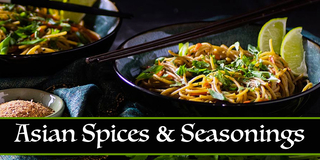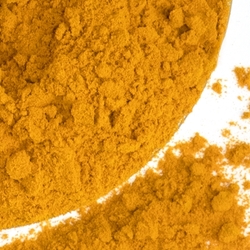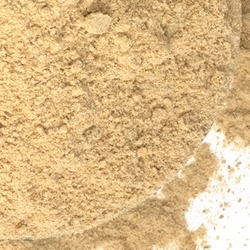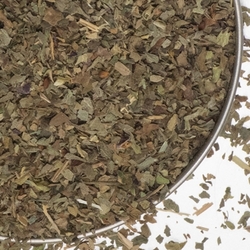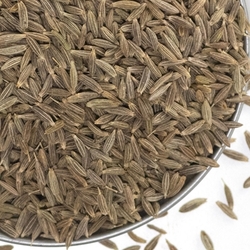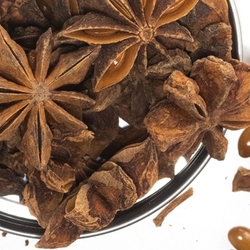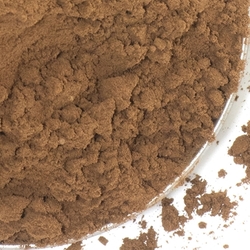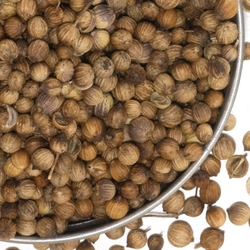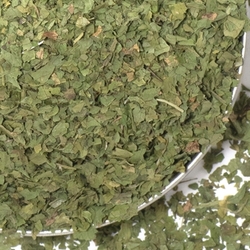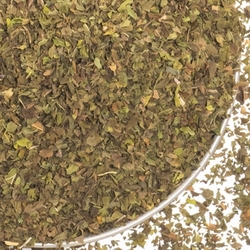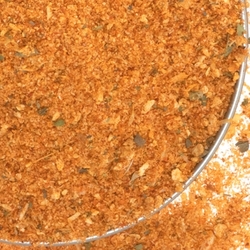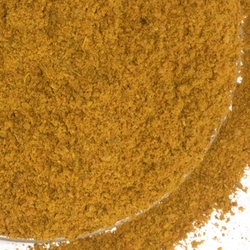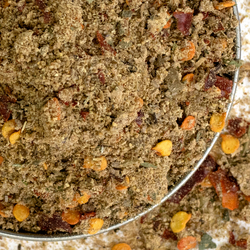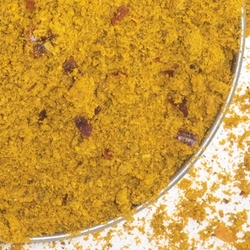Asian Spices and Seasonings
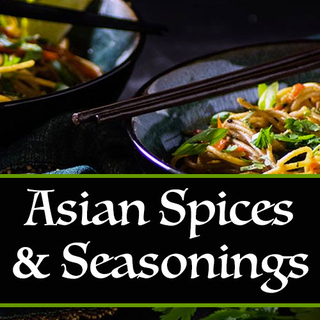
When we think of Asian cuisine, we have to consider the mosaic of countries that rest under this umbrella term. From the kebabs of Indonesia to Thai noodle bowls to Indian curries, Asian cuisine has a reputation for food that is exciting to eat and pleasing to look at, while delivering an intoxicating aroma.
Asian cooking is often centered around the balance of hot, savory, sour, and sweet flavor elements in each meal. The spices that are typically used in Asian cuisine are cassia (cinnamon), coriander, chiles, cloves, cumin, galangal, garlic, ginger, star anise and turmeric. Fresh leafy spices also play an important role in garnishing plates and include basil, cilantro, lemongrass, mint and scallions.
Table of Contents
Understanding Asian Regions
All Asian cuisines are not the same. There are some shared ingredients and some similar perspectives on how to approach meal preparation between these different cultures and their cuisines, which is not surprising considering their geographical proximity. To fully appreciate the foods of the region we need to understand that there are flavor preferences steeped in the history and background of the vast Asian continent, drawn from the rich tapestry of people from China, India, Korea, Japan, Thailand, Indonesia, and Vietnam.
These are just some ways to think about regional Asian cooking. This is super-simplified, but we are hoping to provide a snapshot of some of the differences from these cultures.
Chinese cuisine encompasses spicy-hot Sichuan Cuisine, which is greatly influenced by chile peppers, chili oils, and Sichuan peppercorns.
Indian cuisine uses a fragrant array of bold spice and seasoning ingredients like asafoedtida, saffron, and garam masala.
Korean cuisine relies on rice and meats, but even the most basic meal is accompanied by banchan. Banchan are side dishes and condiments that can be mixed and matched on individual plates at the diner’s whim. Kimchi, a dish made from spicy fermented vegetables, is a beloved banchan and is served with most meals.
Japanese cuisine tends to be mild, with gentle pops of heat. Japan incorporates a large amount of rice and makes use of local ingredients like bamboo shoots, seaweed, and lotus root.
Thai food embraces the principles of balance, incorporating sweet, spicy, salty, and sour elements into each meal. There are often broad contrasts found on one plate; funky fermented fish sauce can be balanced by sweet basil in stir-fries or curries, and tart green papaya salads are tossed with a spicy-sweet dressing.
Indonesian food tends to be spicy, and either grilled or fried. It’s usually presented as a balance between meat, veggies, and rice, and isn’t dressed in heavy sauces.
Instead of rice, Vietnamese cuisine features rice noodles in many of their dishes as well as seafood.
Meal Preparation and Presentation
Asian cuisine is an exercise in creating flavorful excitement and bulk around smaller amounts of meat. In Asia, meat plays a secondary role while rice takes center stage. Smaller portions of fish, beef or chicken tend to be sliced thinner and are more sauced or seasoned.
Meals are filled out by the use of vegetables. The attractive colors and sweet or earthy flavors of various vegetables are employed to create hearty, appealing meals that can deliver the balance that is sought after.
Rice sits at the heart of Asian cooking. In practical terms, it is starchy, filling, and a terrific way to absorb sauces and get the most out of a meal as possible, not wasting a single drop of food. Emotionally, rice signifies health and prosperity, life, or fertility, which is why it is often the centerpiece of a satisfying meal.
Asian Condiments and Spice Blends
Asian cooks accentuate their food with a wide range of flavor-complex condiments like chutneys, spiced oils, and sambals. Thai and Vietnamese chefs prepare their condiments from chiles, fish sauce, garlic, tamarind, and leafy herbs. Each region has a preference for a particular style of hot sauce; some commonly known ones are sriracha, chili garlic, kecap manis, and sambal trassi.
Spice blends are used to deliver intense flavors to foods. They are used differently depending on the region and the meal to bring spicy balance to aromatic, hot, savory, sour and sweet flavors. Some spice blends have been widely dispersed throughout Asia. Curry, for example, is found in several different Asian countries, adapted to fit the preferred tastes of a particular place. Sweet, mild Japanese curry, for example, is completely different from the fiery curries of India or Thailand, but they are all part of the global curry family.
In Southern Asia, curries vary depending on the region. In South India, they tend to be hot, pungent, spicy with coconut undertones. In Northern India and in Pakistan, they're usually called masalas and they tend to be more aromatic, fruity, mild, nutty, rich and sweet. In Sri Lanka, these pungent curries are chile based and pack a serious kick.
In Southeastern Asia, they enjoy Sambal blends which are made into hot sauces. These tend to be very fragrant, hot and sweet. Curries are also popular here. Thai curries are aromatic hot, pungent, sour and sweet. In Vietnam, curries have a fusion quality. They have a coconut milk base like the curries from Thailand but rather than delivering heat, they are sweet and mild, like a Japanese curry.
If you’re unfamiliar with the spices and seasonings from this part of the world, prepare yourself for a culinary journey! The flavors are bold and exciting, and create a meal that’s balanced, creative, and keeps the diner intrigued from the first bite to the last.

